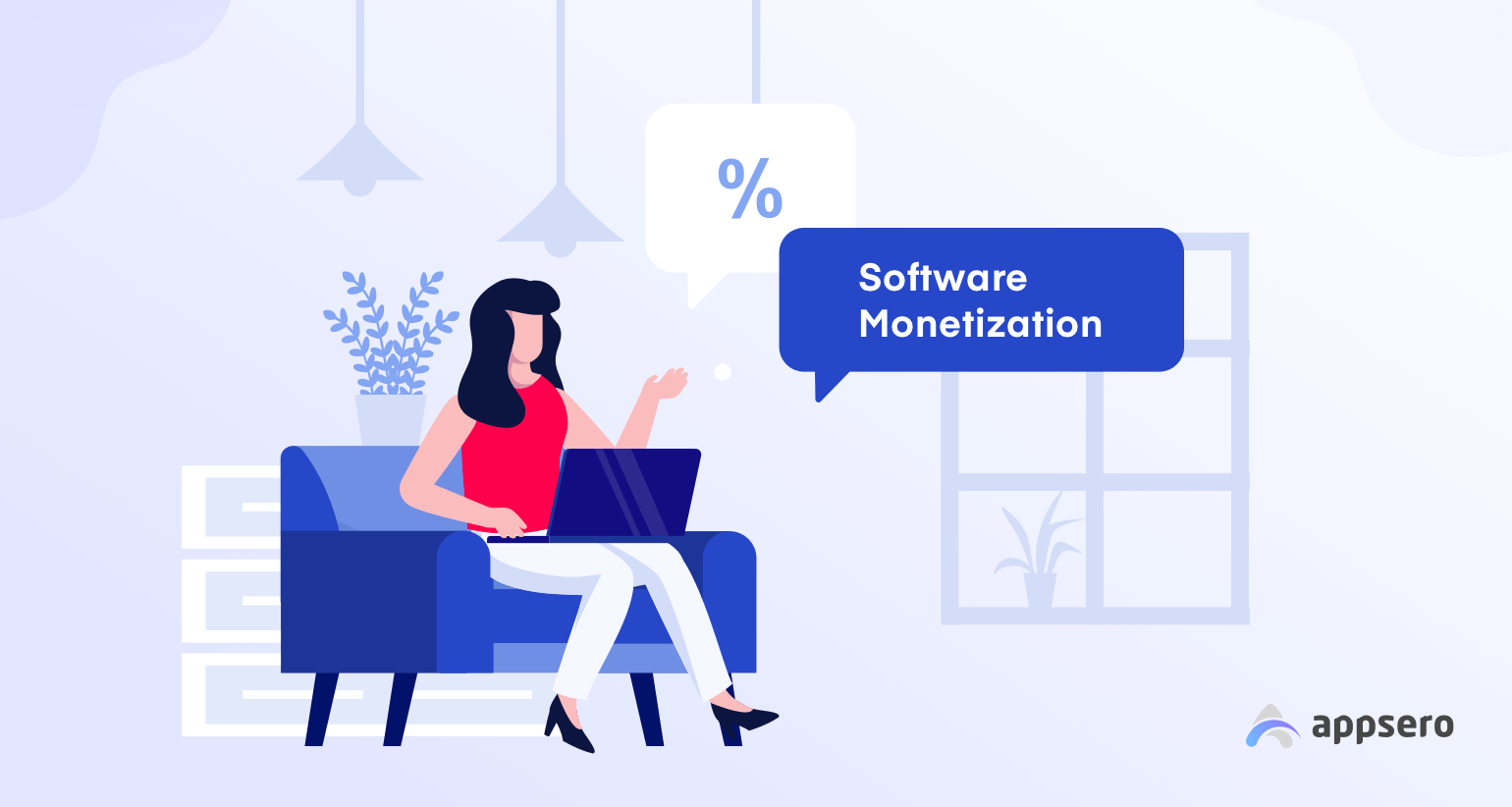
Software Monetization Strategies for WordPress Developers
You built software. And obviously, you have spent a lot of time, effort, and money. Your goal now is to sell it to the right customers and earn money, correct?
But are you aware enough that all your efforts can go in vain if you don’t have a proper software monetization plan?
Yes, one of the major challenges that start-up businesses face is not following the right strategies to monetize their software.
An application isn’t worth anything until it starts to generate some revenue
Sofiya Merenych – Business and Tech Writer
Here we talked about software monetization strategies to help you out in money-making.
Table of content in short:-
- Getting Introduced with Software Monetization
- Why Do You Need To Monetize Your Software?
- How to Monetize Software in easy 5 ways
- Why Should Consider Appsero for Monetizing Your Software
Getting Introduced with Software Monetization
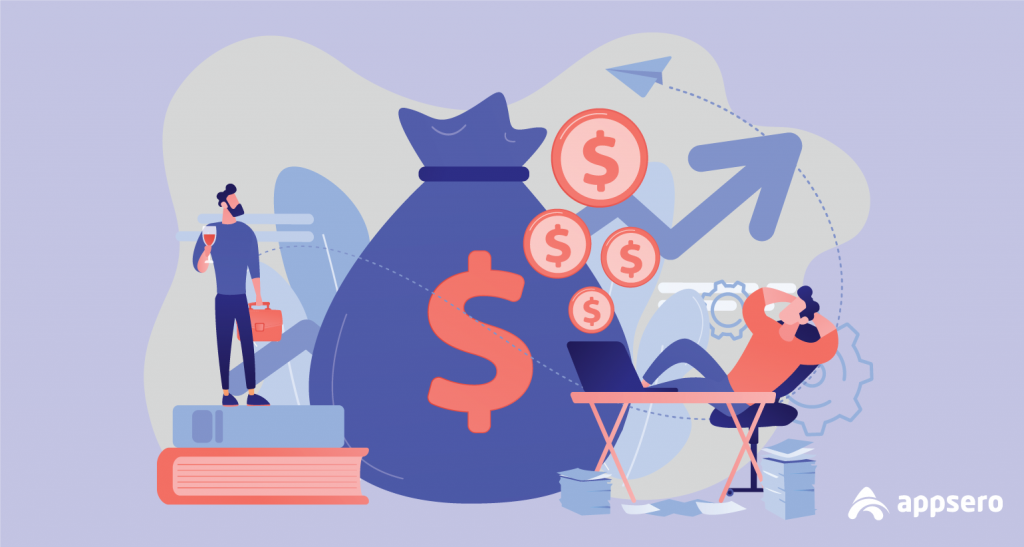
Software monetization is a strategy employed by software companies and device vendors to maximize the profitability of their software- Source, Wikipedia
So, software monetization is a smart process to maximize your software revenue by making sure that your software is safe and a perfectly fit for the market at the same time.
Also read: Best Practices for Successful Software License Management (Guide for Enterprises and Developers)
Software Monetization in Action

According to TechTarget, software piracy is a big challenge that could harm the global software industry, which is nearly $50 billion annually! That’s because the software of any company or individual incorporates necessary information and data, like intellectual property (IP), which could be easily broken, copied, or stolen by unauthorized people or hackers.
This is why it needs strong security and protection. And software monetization can assist you in handling this matter admirably. Also, it would definitely help you to take immediate steps to protect your software code.
So let’s take a look at some of the key factors of standard software monetization models-
- Provides protected license management
- Ensures full privacy & security on every software update
- Supports new companies to protect their pricing modal
- Streamlines business opportunities
- Helps to keep customers’ insights confidential
- Protects software from unauthorized copying, sharing, or usage
Also read: Importance of Software Licensing Checking
How to Ensure Your Software Monetize in the Right Way (5 Steps)
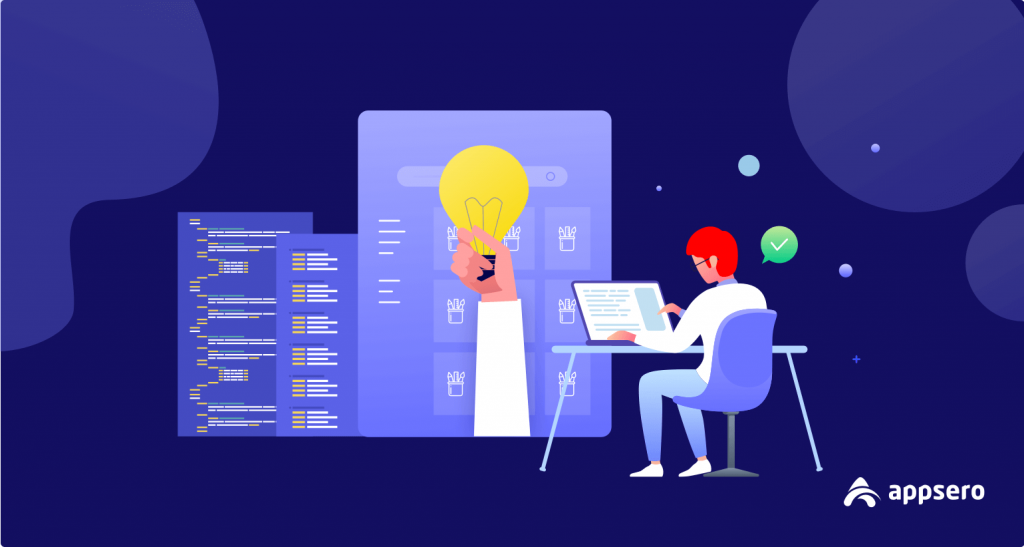
As a software developer with a business mind, you’ll have to ensure that your software monetization strategies help you to remain competitive, generate revenue, and keep your software safe and secure at the same time.
Hopefully, it will give you an idea of how to monetize your software and increase your revenue while keeping all the essential information protected.
Step 1: Analyze user data and find new scopes
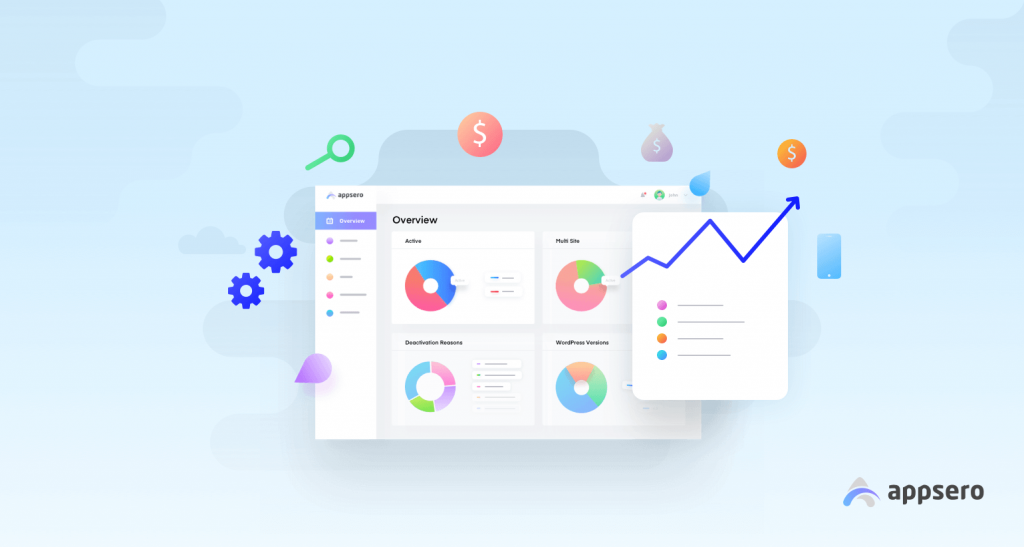
To start monetizing software, you’ll need to do surveys on how your users are interacting with it. In that case, you’ll need to focus on some customer attributes such as what they like, or don’t like, which feature they may want to get from your solution, what changes you may upgrade, etc.
Because…
Without data, you’re just another person with an option
W. Edward Deming
Today, most applications are online or cloud-based. Therefore, developers or software owners think that it will be super easy for them to collect customer preferences and track their data.
But this is not as easy as they think. It needs proper marketing knowledge or big data to track customer behavior. Thus, for monetizing your software, you need an in-depth knowledge of your customers to identify their pain points, collect their issues, and solve them one by one.
If you want to know how data can drive your marketing progress, you can take a look at the article below:-
Read now: How Data-Driven Marketing Strategy Can Help Increase Revenue
Step 2: Segment your user data

After measuring the data, your next mission is to segment them into your own category. Let’s say you have collected information about your customers’ preferences through data analysis.
You can check out the segmentation below after analyzing customer data.
- Who are your free users
- Who are your premium users
- Which feature does your customers like
- And customer’s location information, etc.
Now utilizing your previous data put them under each part and prepare your final segmentation into small groups. But remember one thing, different users have different needs and textures. So you need to carefully segment your audiences based on the analyzed data of your software.
Step 3: A/B testing on the existing data
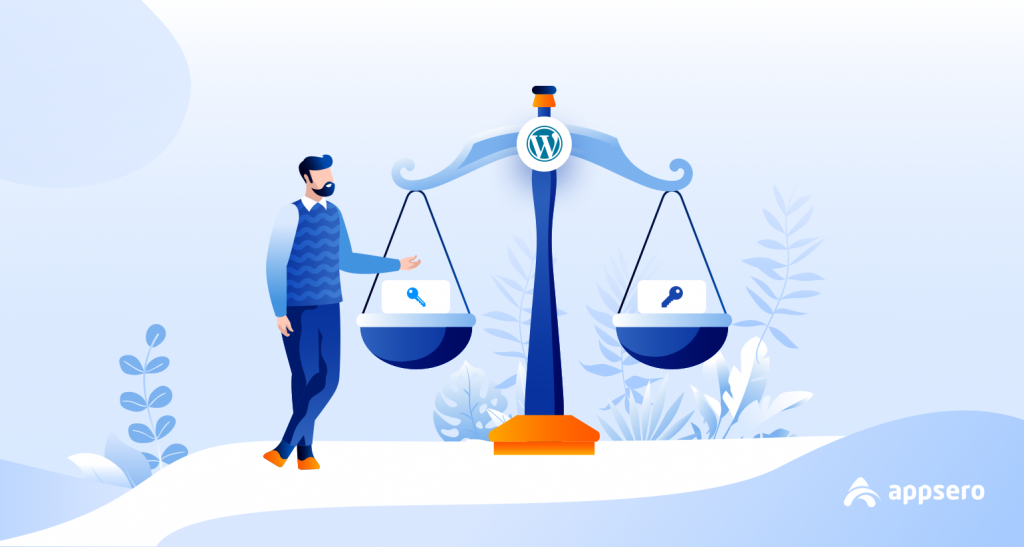
Well, you have enough data and segmented customers in your hands. So you can now conduct A/B testing in your approaches to determine which tactic works best. In this way, you can measure which feature accumulates the best result.
This means giving customers slightly different software packages the next time around to see which features they like best. Eventually, this helps to know:-
- How customers react to different licensing or feature models
- Which feature brings the highest revenue
- Which feature doesn’t make sense and should be eliminated, etc.
The main benefit that customers could get from this process is that they could request to change the current package and offer a particular feature set or model to the new or existing segment.
Step 4: Measure your survey results
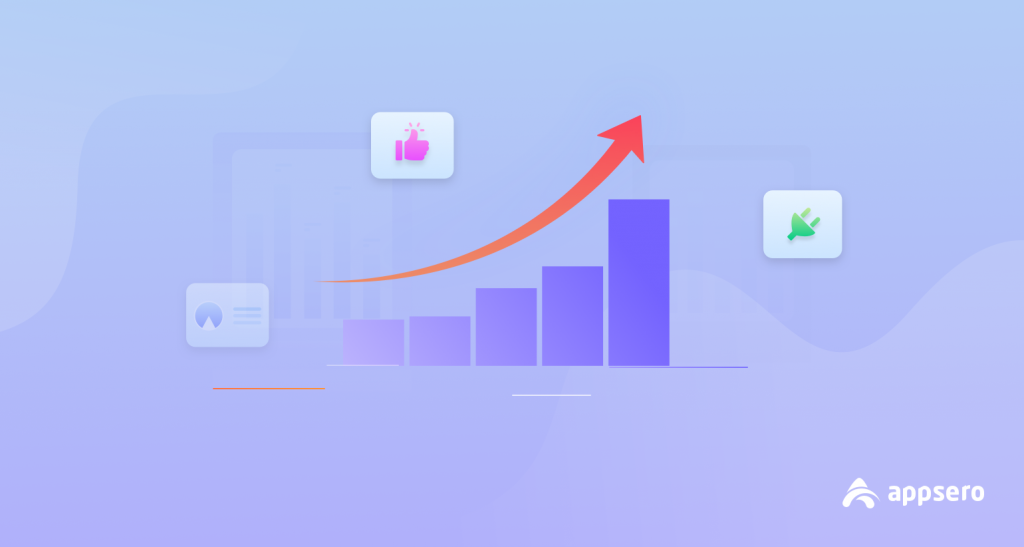
It’s time to measure the data after A/B testing. It may give you a positive or negative result, but you should wait for the right time and find the moment when you can see the progress.
Hubspot had run 77 tests in one of their product named Sidekick (Email Outreach Tracker for Salespeople). They had just done different tests based on their user experience survey and after a certain time, they succeeded.
As soon as you achieve success, make a note of the point to measure. After that, begin tracking and optimizing each performance. In this way, you can grab more feasible opportunities for your software by refining and improving it over time. Thus, you’ll be able to stay ahead of the competition by quickly identifying R&D, business, and engineering needs.
Step 5: Protect your project by proper licensing

Only increased revenue isn’t enough to justify your software business. Rather, you’ll need to achieve success on a continuous basis. Cloud-based technologies have given start-ups different opportunities, but they still have security risks, including code duplication, authorization hacks, and licensing infringement.
That’s why developers need to always embed code with their authorized software. And this will help them prevent the unauthorized use and distribution of their products and software.
However, producing this embed code can be time-consuming and may require more effort. And this is why third-party solutions are taking part. They provide a secure IP-protection solution with a trusted software licensing environment that gives impressive protection against unwanted or malicious threats.
Each of these methods has its own uses. None of these are better than any other. You’ll have to look at your concerns and decide which one is best for you.
How Appsero Can Help You to Manage Software Monetization
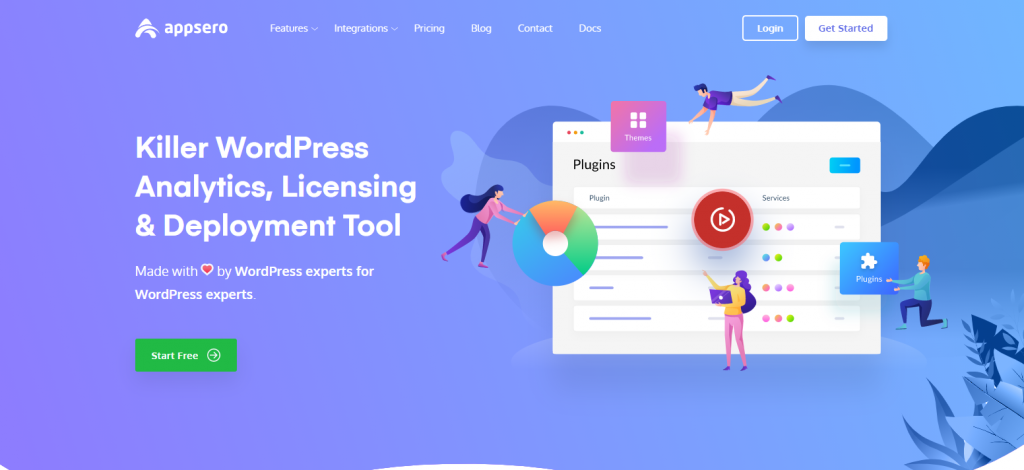
When talking about other solutions to take care of developers’ coded plugins or software, Appsero can play an amazing role as a software monetization solution. Yes, Appsero is the all-in-one developer’s solution powered by WordPress, and you can manage your monetized software license, auto-update deployment (push upgrades), and user analytics using Appsero.
So without further ado, let’s check out some super cool features of Appsero and how it could be an undeniable part of your software monetization strategies.
- Manages licenses safely
- Handles users’ deactivation Reasons (helps to segment users)
- Assists to make a software monetization strategy
- Sends emails according to the user segmentation
- Verify valid purchases with licenses
- Pushes new product updates from
- Gives user analytics with their geo-location
So this is how Appsero can help you manage or handle your monetized software. Therefore, if you’re a WordPress developer and want to manage your monetized plugins or themes that are generating revenue, you can choose Appsero right away to get the best benefits.
Along with this, try to implement the steps that you showed above. And measure your result with the past one. After that provide the support to your customers that they are looking for. Ultimately, effectively planning and implementing software monetization strategies will reduce unwanted risks.
Subscribe To Our Newsletter
Don’t miss any updates of our new templates and extensions
and all the astonishing offers we bring for you.





Loved your take on this topic, extremely initial!
We’re glad you found the article valuable!
I enjoyed reading your piece and it provided me with a lot of value.
Thanks for your appreciation. It means a lot.
✅ Double your ecom sales in 48 hours…
Do you have any such strategy that really works? Please share your insights with us.